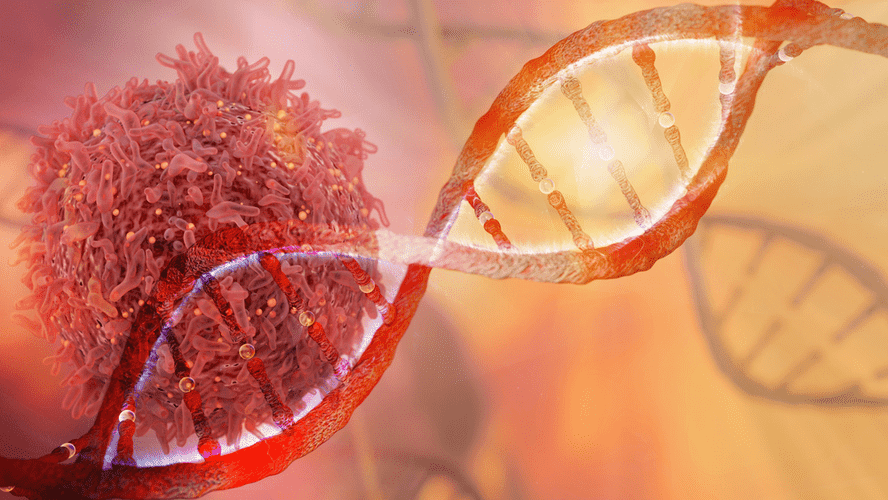Alcoholism In The Workplace: A Handbook for Supervisors
Content
For some people, alcohol has been or continues to be a problem in their lives, and they have chosen to avoid it. For others, it seems to fulfill an ordinary social role—easing communication, helping them feel relaxed in new situations, or simply helping them unwind after a long day. However, the boundary between healthy and unhealthy alcohol use can sometimes get blurry. The biggest issue with cold turkey is that withdrawal symptoms can be severe enough to threaten a person’s safety. Long term, this pattern can have negative health consequences, or lead to a larger drinking problem.
Alcohol-related disorders severely impair functioning and health. But the prospects for successful long-term problem resolution are good for people who seek help from appropriate sources. A typical 25-ounce bottle of table wine holds about 5 “standard” drinks, each containing about 5 ounces. This serving size of wine contains about the same amount of alcohol as a 12-ounce regular how to overcome alcoholism beer or 1.5 ounces of 80-proof spirits. An urge to drink can be set off by external triggers in the environment and internal ones within yourself. You might reach for alcohol when you’re really just thirsty, says Crews. Drink a cup of soothing tea or a tall glass of water before you imbibe—once your thirst is quenched, you may not feel the need for as much—or any—alcohol.
Possible risk factors
As mentioned before, you don’t have to undertake sobriety alone. Having people support and motivate you can help you stay on track. For many people, successfully quitting drinking only happens after several attempts. You might have a few setbacks, but don’t let them discourage you. Even drinking moderately can sometimes leave you feeling unwell, groggy, or hungover. Psychologists who are trained and experienced in treating alcohol problems can be helpful in many ways.
Amid loneliness and uncertainty, beer, wine and liquor seemed like good company for some people at all hours of the day. An area that is often troublesome for supervisors is what to do when an employee is apparently under the influence or intoxicated at https://ecosoberhouse.com/ work. Agencies have a fair amount of latitude about what to do in these situations. The following is a list of steps you should take in dealing with such a situation. Though not all steps would be appropriate in all situations, most would be applicable.
What to expect in early sobriety
That said, it’s also important for your well-being and personal health is to set clear boundaries. There are groups, such as Al-Anon and SMART Recovery that can help you navigate this challenge. As a person continues to drink, the reward system in their brain is stimulated, and is gradually altered. If you’d like to reduce your drinking, but aren’t aiming for total abstinence, there are a number of strategies that can help.

One advantage is that, the earlier treatment is begun, the probability of having less expensive treatment, such as outpatient care, is increased. Early treatment is simply less disruptive to the workplace and can help the employee avoid further misconduct and poor performance. If an alcoholic employee doesn’t’t get help until very late in the disease, there may have been irreparable harm done to the employee-employer relationship. Any time you cut back on a habit-forming substance such as alcohol, your body goes through withdrawals. Your body has adapted to the amount you’ve been drinking, so cutting back throws your body out of balance. Once it’s over, you’ll be able to enjoy the health effects of lower alcohol consumption. Solutions include apps to help you monitor your drinking habits, a mobile breathalyzer to keep you aware of your blood alcohol content, and medication.
